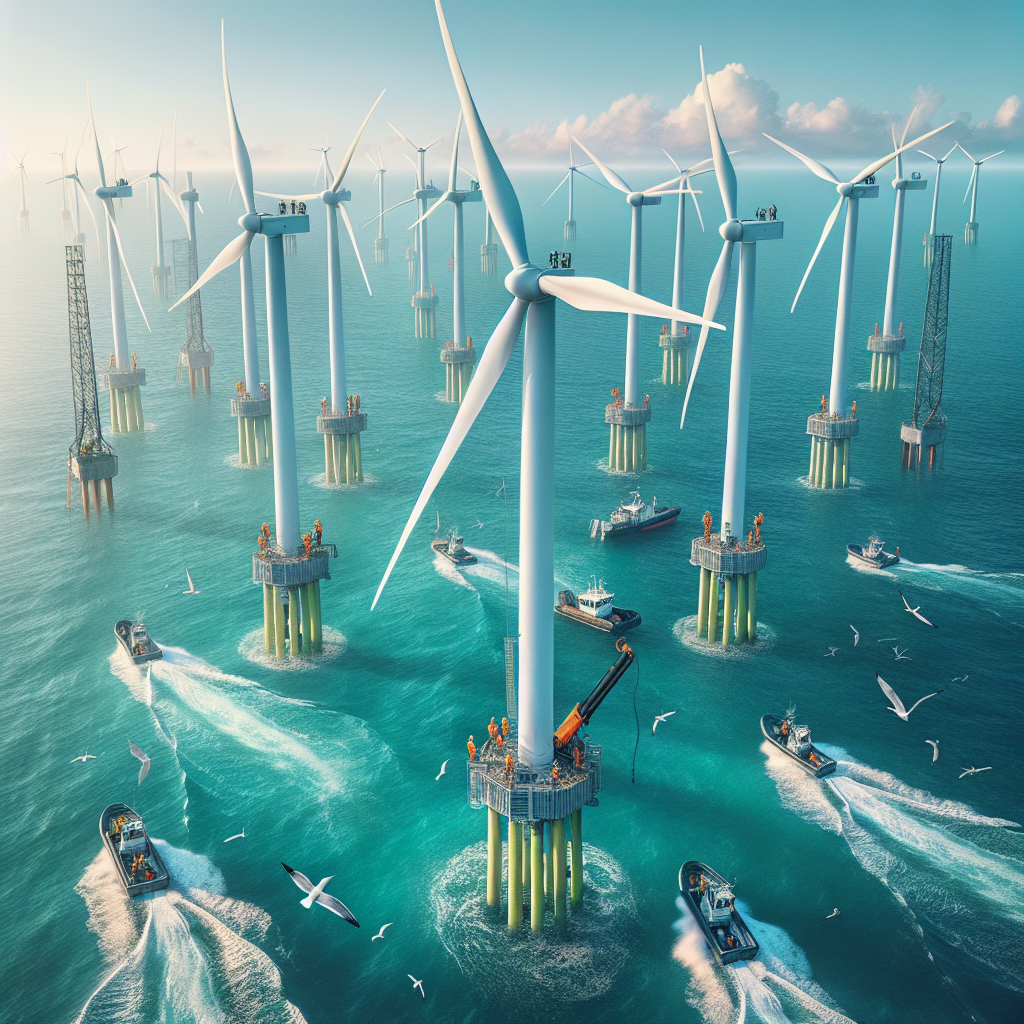Netherlands Revises Offshore Wind Ambitions Amid Rising Costs
The Dutch government has adjusted its offshore wind plans, reducing the target from 50 GW to 30-40 GW by 2040 due to cost increases and lower electricity demand. The country's climate minister cited industry electrification delays and AI-related data center demand as influencing factors. Future tender plans include potential subsidies.

- Country:
- Netherlands
The Dutch government has revised its offshore wind targets amidst escalating costs and lower electricity demand projections from the industrial sector. Originally aiming for a total offshore wind capacity of 50 gigawatts by 2040, the government now aims for a more realistic goal ranging between 30 and 40 gigawatts.
Climate Minister Sophie Hermans highlighted the challenging international market situation for offshore wind, attributing the change to rising costs and slower-than-anticipated industry electrification efforts. This situation raises doubts about the future demand for sustainable electricity, despite increased electricity needs driven by AI-related data center expansions.
Last year, the Netherlands delayed its plans to ramp up offshore wind capacity in the Dutch North Sea part, aiming for 21 gigawatts by 2032 rather than 2030. The government postponed tenders for two wind farms, totaling 2 gigawatts in capacity, citing insufficient interest from bidders. Hermans assured that detailed future tender plans, possibly with new subsidies, will be provided by the third quarter.
(With inputs from agencies.)










